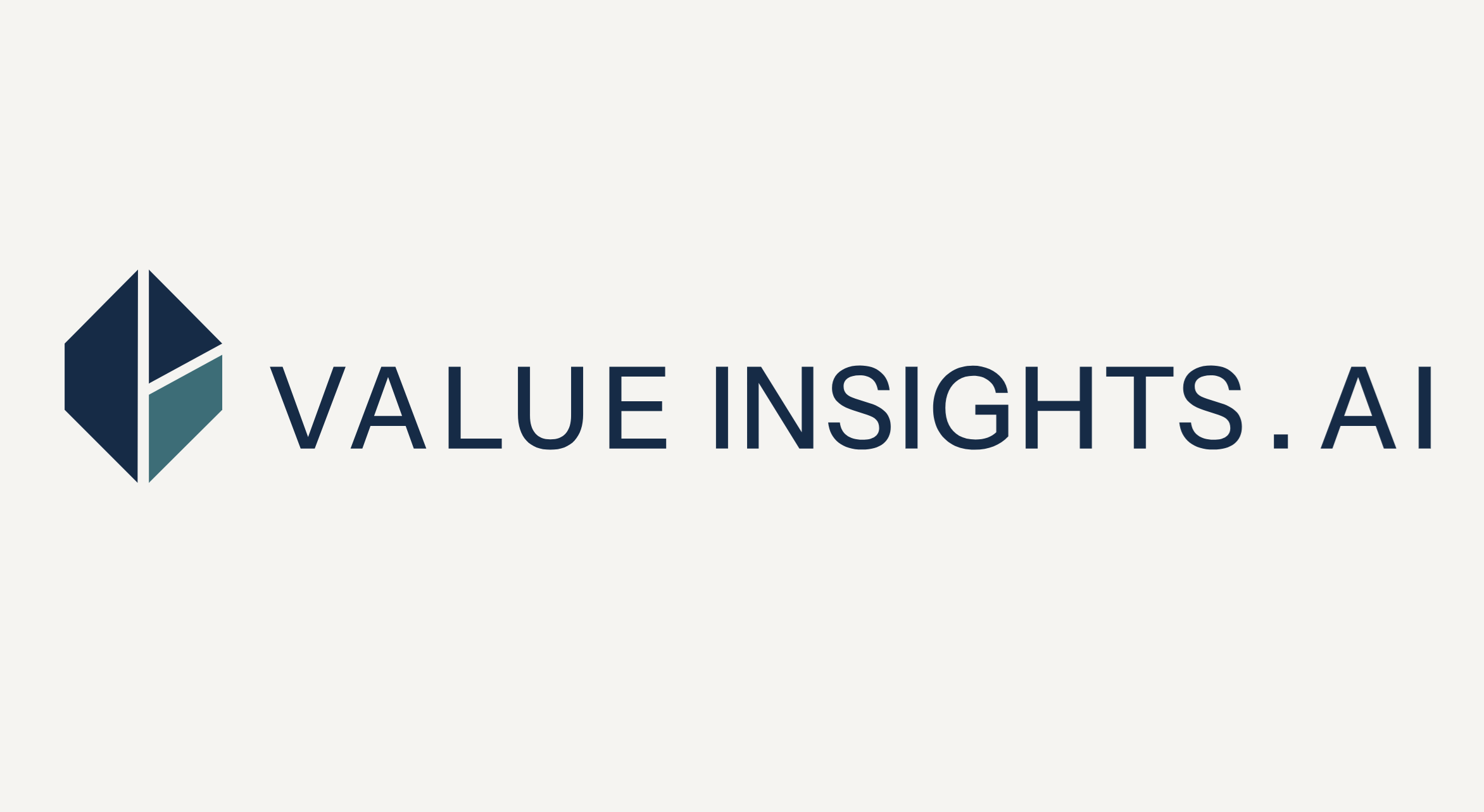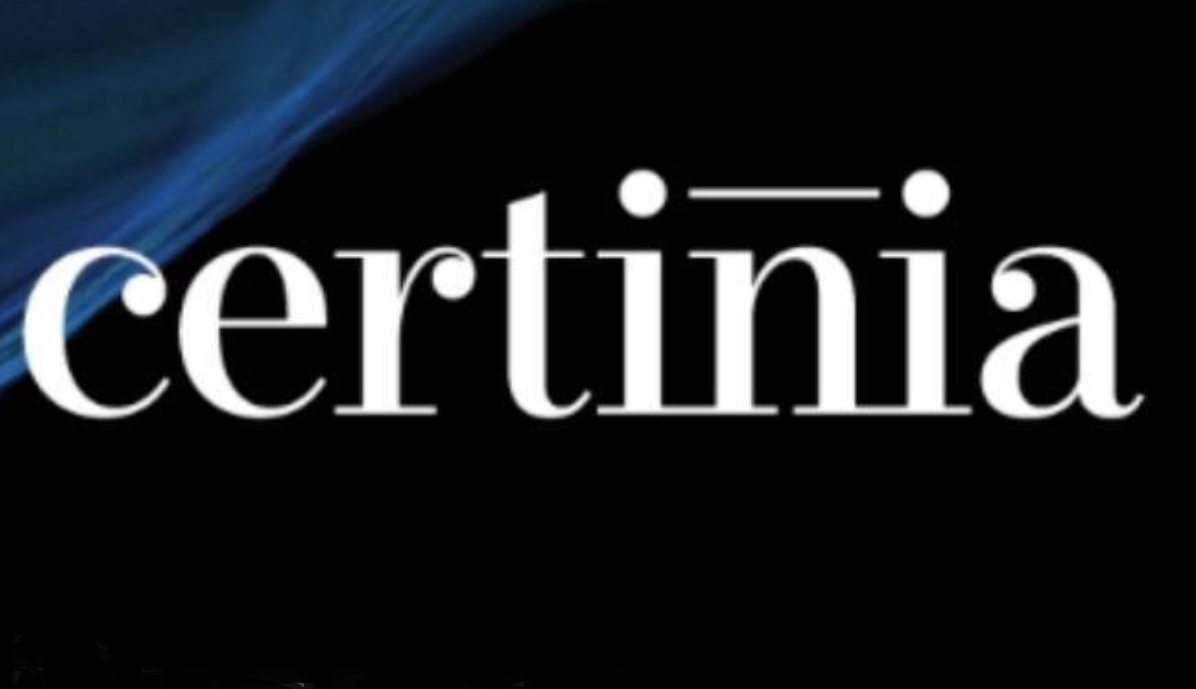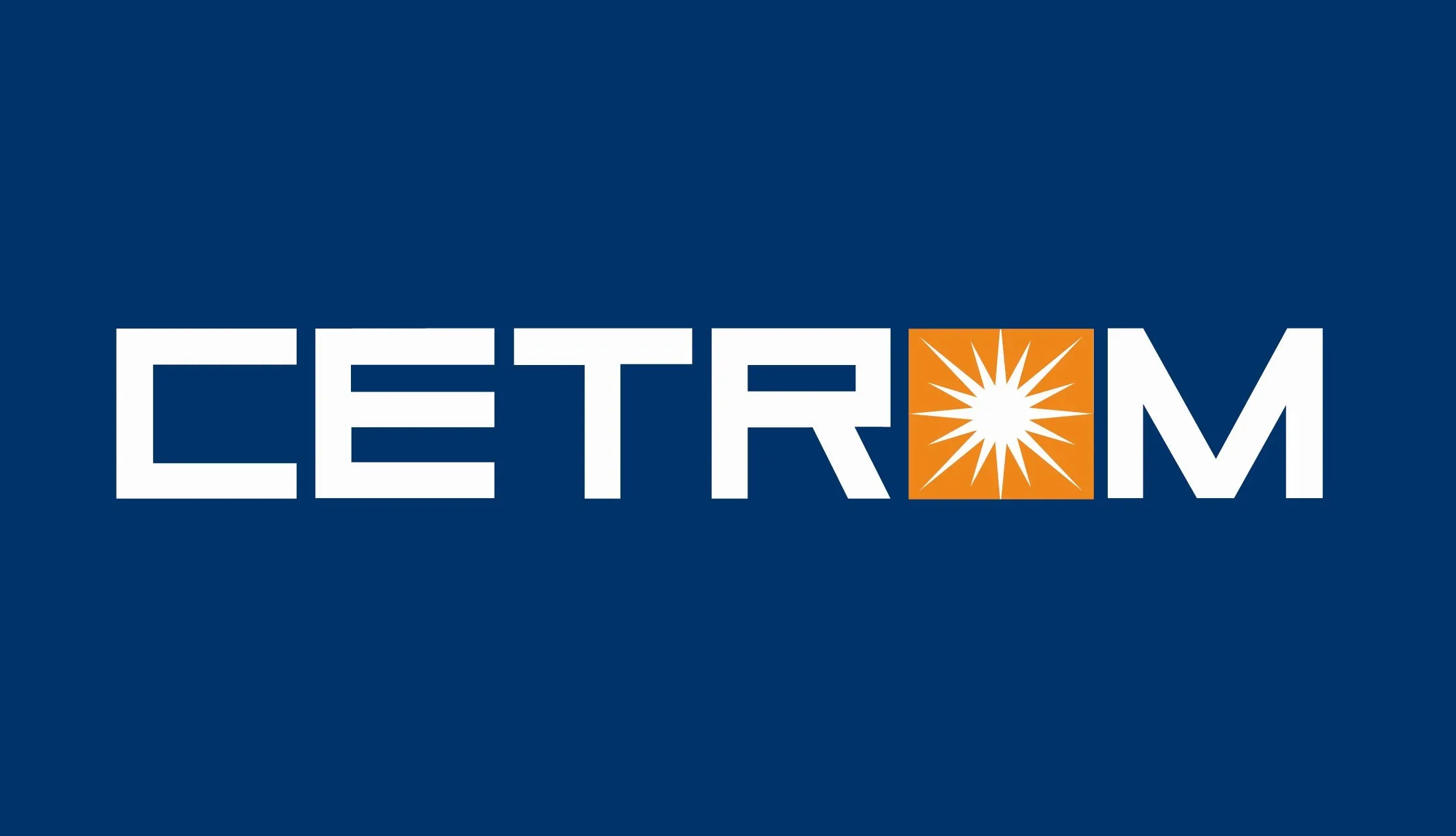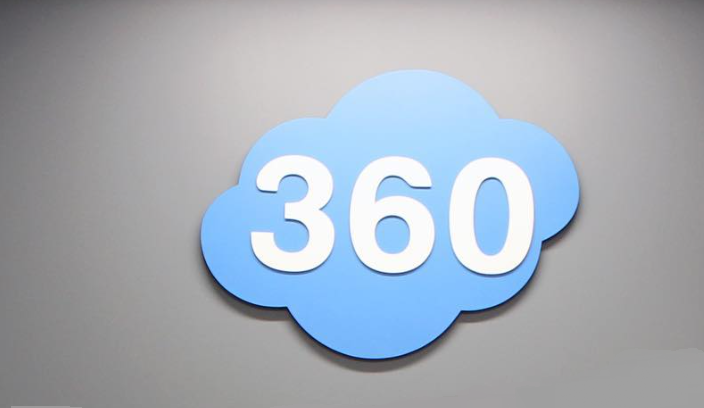Thomson Reuters has released a special report addressing the FASB’s new guidance on leases. The report, An Overview of the New Accounting Model for Leases, provides insights on the complexities related to this topic to make analyzing and planning for the changes easier.
Issued in February 2016, the FASB’s Accounting Standards Update (ASU) No. 2016-02, Leases (Topic 842), significantly changes the way companies account for leases. The ASU requires lessees to record lease assets and lease liabilities on the balance sheet and make key disclosures about these arrangements.
This change will affect a wide range of corporations, and implementation is expected to require a significant amount of time and resources. Companies have to gather data on all of their leases, quantify the impact of the changes, and include new disclosures about their leases. There also are notable changes for lessors, such as new significant disclosure requirements and changes to the guidance for sale-leaseback transactions.
“The required date of adoption of the new lease accounting standard is approaching, yet many companies are still unprepared. This standard is not easy to implement and the amount of work involved is often underestimated. From identifying all leases that may hide in contracts to the amount of judgment required to determine the new lease liability, there are real challenges involved,” said Anne-Lise Dorry, Senior Director, Corporate Finance Products, with the Tax Professionals business of Thomson Reuters. “This report provides insights to help accounting and auditing professionals get ready for implementation.”
Coverage begins with headline issues that affect both parties in a contract, such as the new definition of a lease and the revised lease classification criteria. It then dives further into lease accounting by lessees and lessors, respectively, followed by the requirements for transitioning to and adopting Topic 842. The report also provides information on the practical expedients and types of relief that are available to lessees and lessors. Lastly, it outlines next steps and practical considerations for implementing the standard.
To download the free special report, click here. For more information on Checkpoint Catalyst: US GAAP, click here.
Thanks for reading CPA Practice Advisor!
Subscribe Already registered? Log In
Need more information? Read the FAQs



